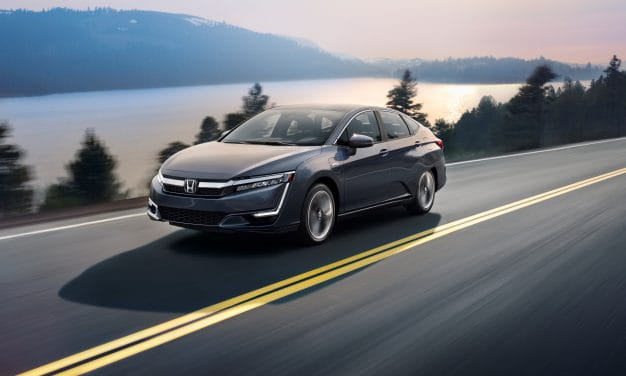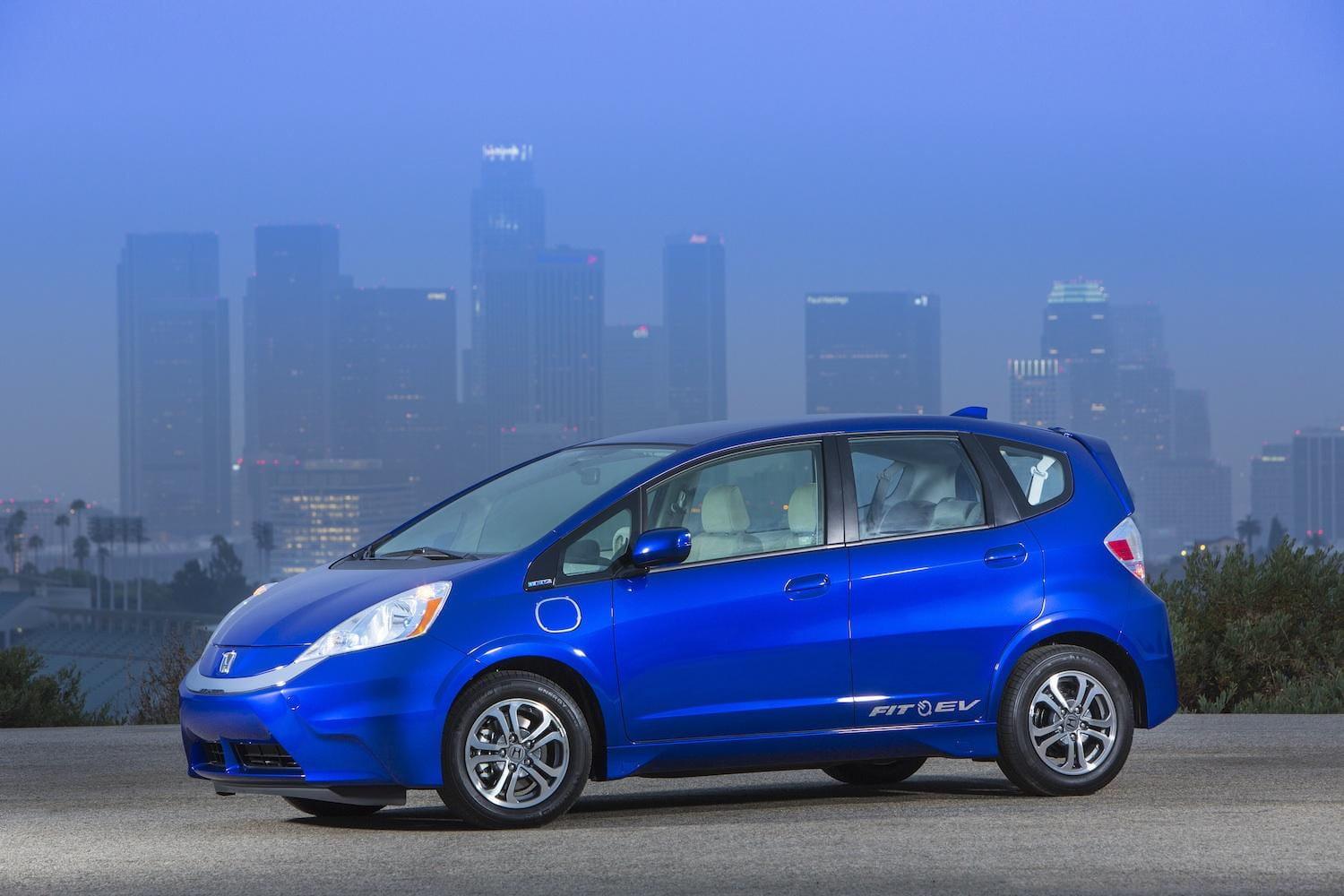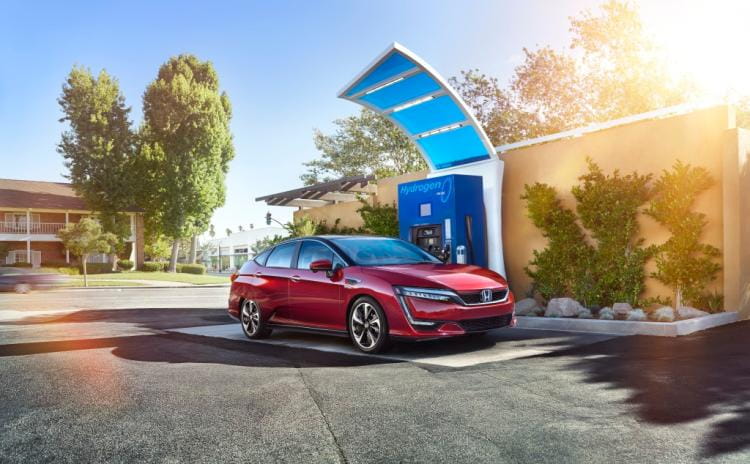Accurate Precision
Cleaner Air, Clearer Skies: The Science behind Sustainability
Accurate Precision
Cleaner Air, Clearer Skies: The Science behind Sustainability
“Success represents 1 percent of your work which results only from the 99 percent that is called failure.” – Soichiro Honda
Honda is committed to environmentally responsible vehicles and working toward a zero-carbon-emissions future.
Passion for information allows for leadership in the sciences, whether it is in the understanding of our changing environment, or the design of a vehicle that is a leader in the sustaining of the earth’s precious resources.
1% of success achieved in Sustainability is the result of the most precise and accurate data, often derived ‘superior accuracy’ in the pursuit of solutions.
For Honda, sustainability means it is doing its part to leave a cleaner and better planet for future generations. “Fun to drive” is at the core of our DNA, but sustainability is in our nature.
HYBRID VEHICLES
With two sources of power, impressive fuel economy and lower emissions, hybrid vehicles are just one of many ways Honda is creating more sustainable transportation. In addition to savings at the pump, hybrid vehicles can help reduce air pollution, greenhouse gas emissions, and dependency on oil.
Honda produces a wide range of Hybrid vehicles for every type of need, from minivans to family sedans. Each combines an internal combustion engine with an electric motor for higher fuel economy and reduced emissions. The onboard battery stores energy generated during braking and deceleration, eliminating the need to plug in and recharge.

BATTERY ELECTRIC VEHICLES
With advanced technology like rechargeable lithium batteries and electric motors providing power to the wheels, modern battery electric vehicles allow for all-electric driving while producing zero tailpipe emissions.

Battery electric vehicles draw power from rechargeable battery packs, similar to those used in many consumer electronic devices. As battery technology improves, we continue to work toward vehicles with increased driving range and faster recharge times. They don’t use gasoline and have zero tailpipe emissions, which can significantly reduce air pollution and greenhouse gas emissions. Plus, it’s much cheaper to drive on electricity [1].
[1] Based on the U.S. Department of Energy eGallon cost comparison. Your costs of driving with electricity will vary. http://energy.gov/articles/egallon-how-much-cheaper-it-drive-electricity
FUEL-CELL ELECTRIC VEHICLES
Fuel-Cell Electric Vehicles, the most advanced offering, offer long-range all-electric driving with zero emissions.
Fueled by hydrogen, their electricity is generated on demand by a fuel cell rather than power from batteries. Plus, refueling with hydrogen takes just a few minutes.
Fuel-Cell Electric Vehicles can offer over 300+ miles of smooth and quiet all-electric driving, zero tailpipe emissions and a short 3-to 5-minute refueling time. The fuel cell converts hydrogen into electricity to power the high-torque electric motor. A small onboard battery stores energy during deceleration and braking, adding “free” electrons to the power mix.
